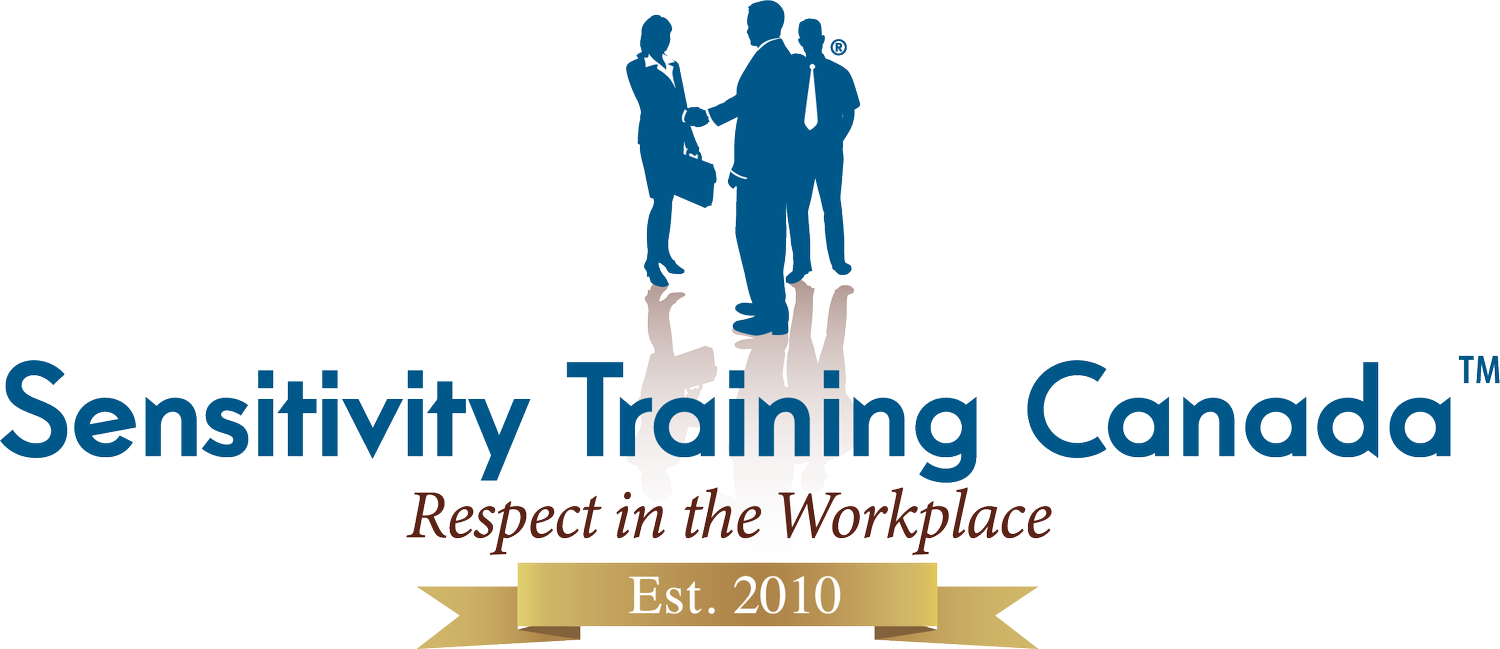Boundaries: Strategies to Prevent Sexual Harassment at Work
Sexual harassment remains a significant challenge in workplaces across industries, but the conversation has shifted. Corporations are realizing that prevention requires more than simply teaching employees what not to do. Instead, it’s about proactively fostering an environment where mutual respect and clear boundaries are ingrained in daily interactions.
In hybrid and remote work settings, harassment has evolved. Inappropriate comments in video calls, excessive messaging, or blurred personal boundaries on digital platforms can create new risks. Traditional training often fails to address these realities. Organizations must therefore adapt their strategies to include modern scenarios, ensuring employees understand that respect applies both online and offline.
Strong policies and practices are essential, but they’re not enough. Leadership must model accountability and set the tone by communicating that harassment will not be tolerated. Transparent investigations, clear reporting structures, and quick responses to complaints show employees that the organization takes their safety seriously. Employees are far more likely to report issues when they trust the system.
Bystander intervention training has emerged as a powerful tool in prevention efforts. When employees are trained to recognize problematic behaviours and speak up, it creates a collective sense of responsibility for maintaining respect. This shifts the burden away from victims and reinforces the idea that everyone has a role in preventing harassment.
A workplace free of sexual harassment doesn’t happen by chance, it’s built through intentional policies, leadership commitment, and a culture where employees feel empowered to speak up and protect one another.
The Sensitivity Training Canada Team
